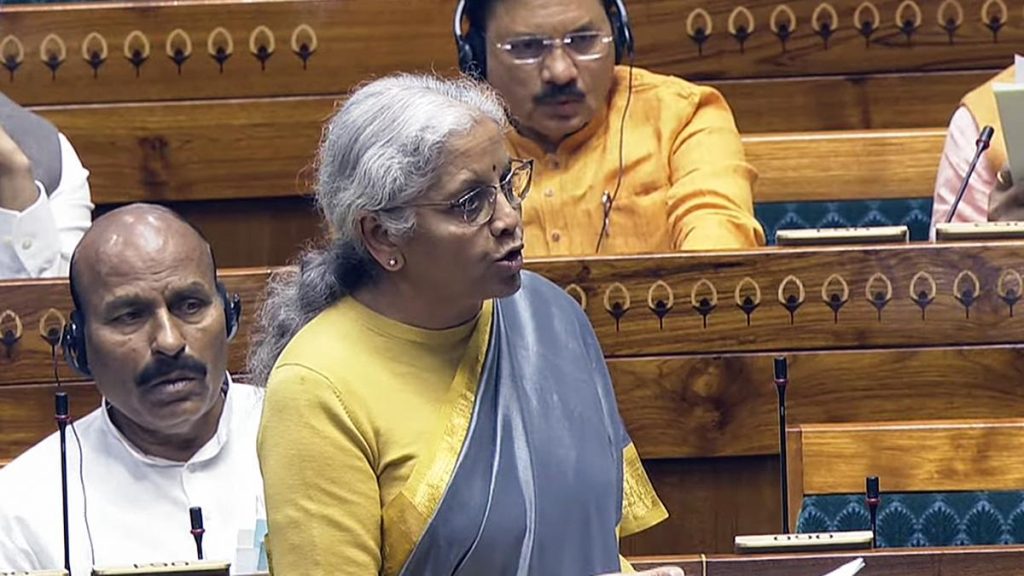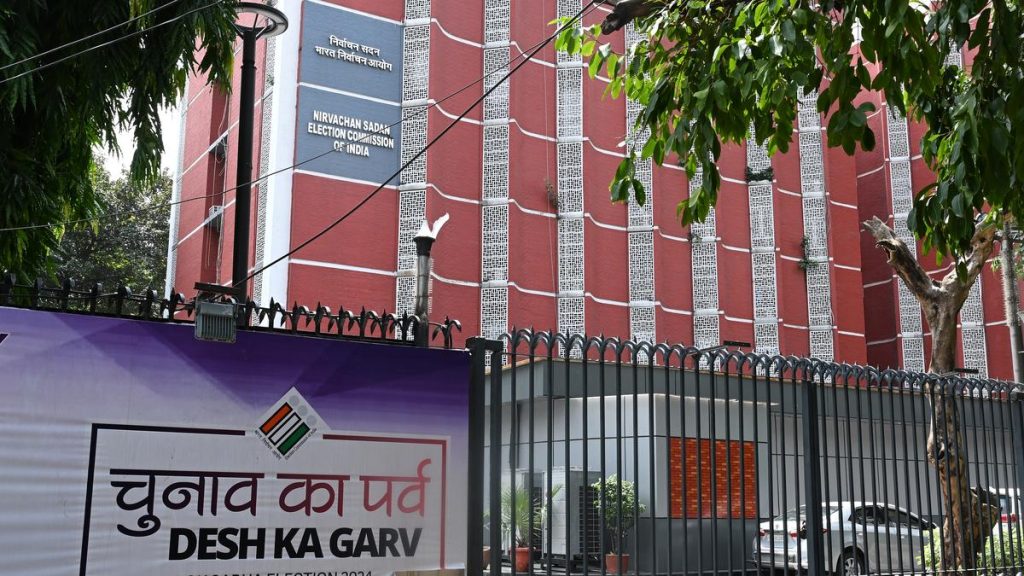Now Reading: Telangana CM Orders Evacuations, Barricades in Flood-Hit Areas
-
01
Telangana CM Orders Evacuations, Barricades in Flood-Hit Areas
Telangana CM Orders Evacuations, Barricades in Flood-Hit Areas

Quick Summary
- Weather Forecast: Moderate to heavy rainfall predicted for nine districts in Telangana, including Nizamabad, Sangareddy, Medak, Vikarabad, Jayashankar Bhupalapally, Mulugu, Bhadradri kothagudem, and Khammam.
- Government Response: Chief Minister A. Revanth Reddy issued directions for rescue operations and preventive measures:
– Deployment of National disaster Response Force (NDRF) and State Disaster Response Force in high-risk areas.
– Closure of waterlogged roads and evacuations from low-lying areas to relief centers.
– Barricades on low-level bridges and causeways affected by waterlogging.- Irrigation department to monitor water levels in reservoirs and pre-position sandbags where needed.
- Health Precautions: Health officials instructed to stock medicines and organize health camps if necessary.
- Department Coordination: Multiple departments directed to coordinate efforts (Revenue Power, Panchayat Raj, Roads & Buildings, Police).
- rain Records:
– Adilabad recorded the highest rainfall at Tamsi with a measurement of 167.8 mm from morning till noon on August 16.
– Minimal rain recorded under Greater Hyderabad Municipal Corporation jurisdiction.
Indian Opinion Analysis
The Telangana government’s proactive approach exemplifies effective crisis management amid the threat of heavy rainfall. Measures like deploying disaster response teams in advance highlight a focus on minimizing risks associated with flooding that often impacts agriculture-dependent regions severely. Coordinated efforts across various state departments reflect an integrated strategy towards providing immediate relief while avoiding infrastructural damage.
However, the effectiveness of these actions will depend largely on timely implementation given the unpredictable nature of seasonal downpours. Continuous monitoring via updated technologies-such as real-time rain tracking systems-can bolster preparedness further by streamlining departmental responses even more efficiently during such weather-induced emergencies.






















